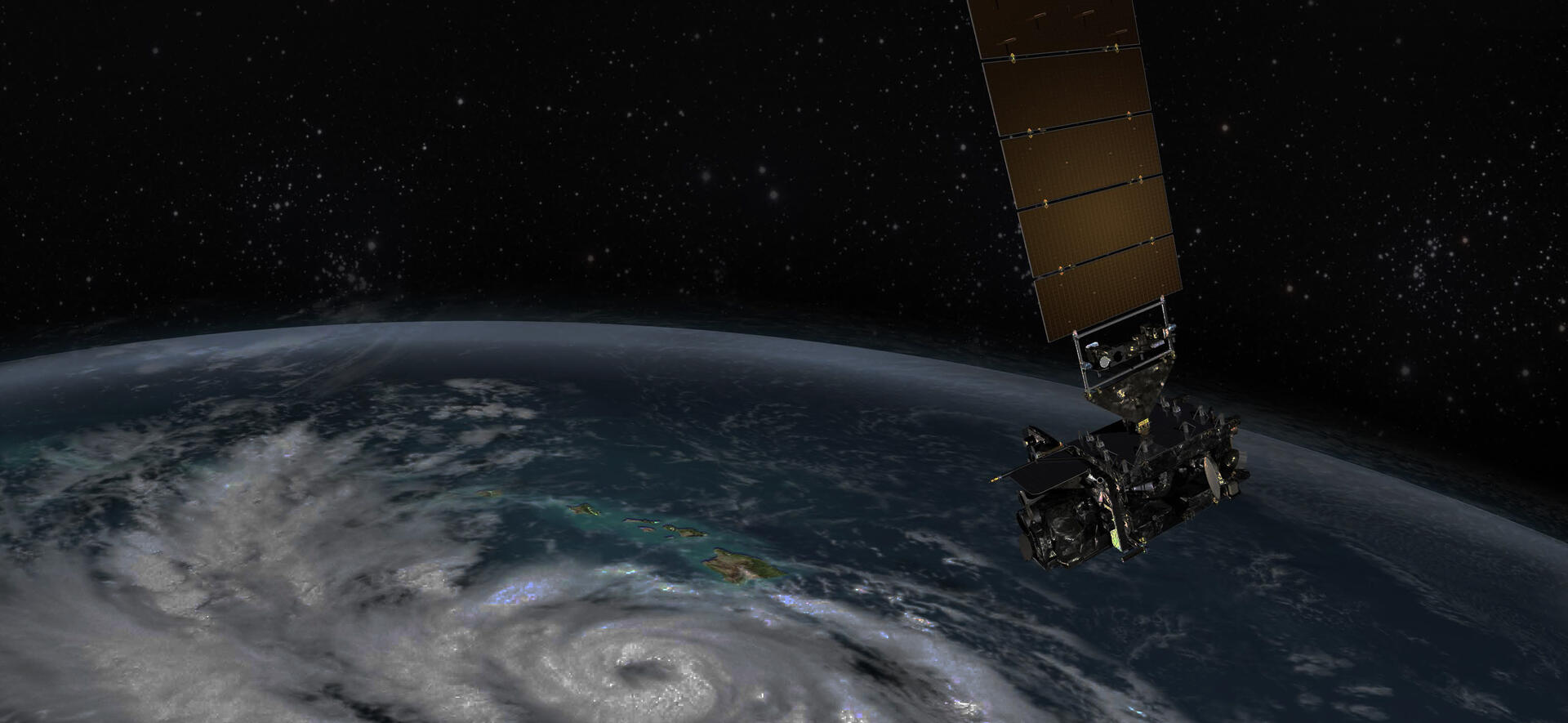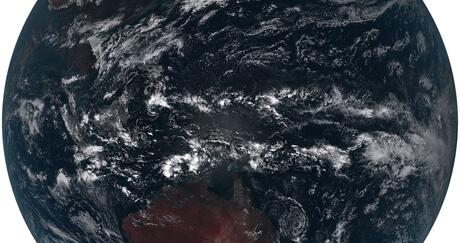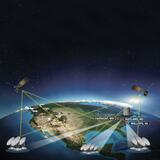For more information on launch viewing opportunities, click here. Launch date, time and viewing opportunities are subject to change.

National Oceanic and Atmospheric Administration (NOAA)'s GOES-T Satellite Launch
Cape Canaveral Space Force Base, Pad 41
March 1, 2022 - 4:38 p.m. ET
Three, Two, One, Liftoff!
With a destination of 22,300 miles above Earth, the third satellite to launch in NOAA's most advanced fleet of geostationary weather satellites, also known as the Geostationary Operational Environmental Satellite (GOES)- R Series, takes flight.
In collaboration with National Aeronautics and Space Administration (NASA), GOES-T will launch on a United Launch Alliance (ULA) Atlas V 541 rocket. The mission of GOES-T is to continually view the Western Hemisphere in order to provide advanced imagery and atmospheric measurements of Earth’s weather, oceans and environment.
L3Harris provides the primary payload instrument for the GOES-R Series, the Advanced Baseline Imager (ABI). ABI can track a single storm, at full resolution, while simultaneously collecting continent-wide data and imagery. This enables faster and more accurate forecasts, improved hazardous weather tracking, and increased capability to study and monitor climate change.
The GOES-R Series and ABI have revolutionized weather forecasting. With next-generation GEO satellites, L3Harris will continue to deliver breakthrough technology to support NOAA's mission to protect lives, property and the economy.
GOES-T News

Press release | 02. 23. 2022
L3Harris High-Resolution Weather Instrument Set to Launch March 1 on NOAA’s GOES-T Satellite
L3Harris Technologies’ (NYSE:LHX) third high-resolution weather instrument is set to launch March 1 onboard a NOAA satellite – strengthening the nation’s ability to monitor the environment and rapidly detect severe weather.


